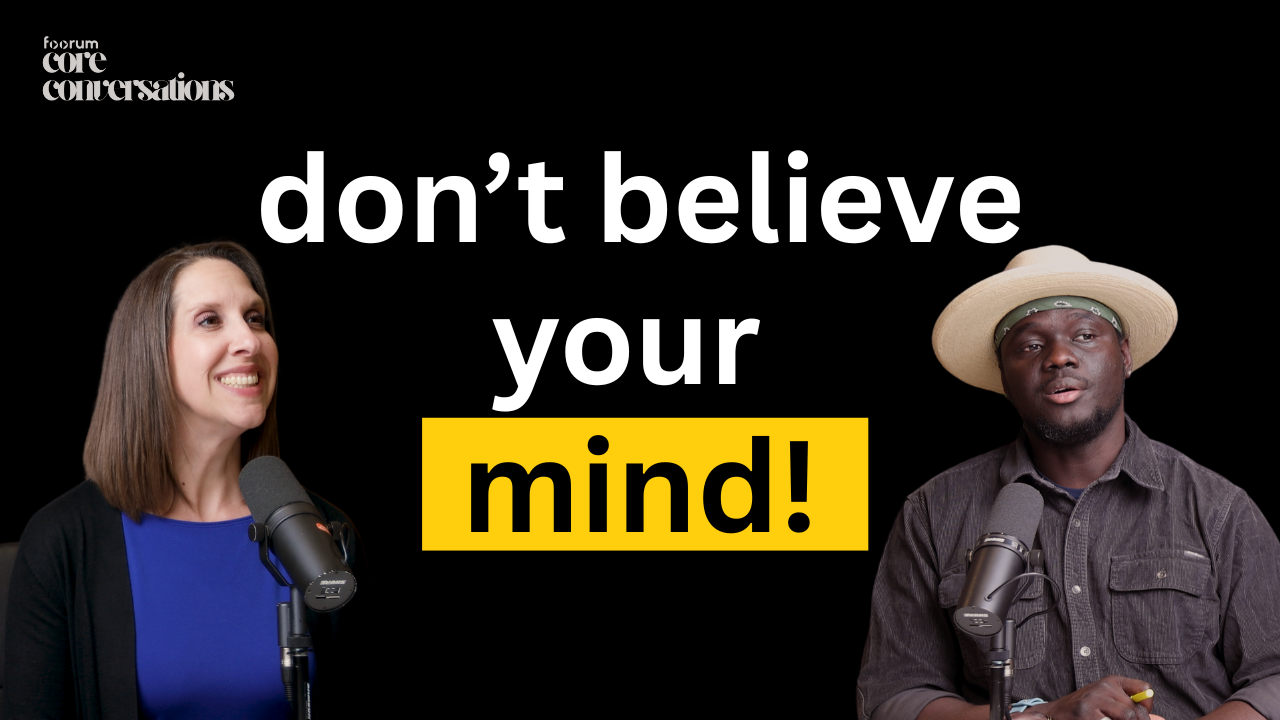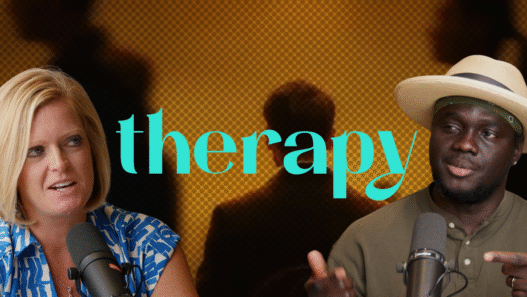A teenager logs onto an AI-powered companion late at night. They’re lonely, overwhelmed, and testing the waters of how much they can disclose.
They type: “I don’t want to be here anymore. Maybe taking a bunch of Tylenol would be easier.”
The chatbot responds with generic empathy, but misses the coded reference.
The conversation shifts to lighter banter.
On the surface, the harm looks averted. In reality, the warning went unheard.
This is not science fiction. It’s the present-day risk when AI misses hidden cries for help.
The Promise and the Peril of AI Companions
Every day, millions of people turn to AI for support… digital companions, therapy and wellness chatbots that double as confidants.
The attraction is obvious: these tools are always available, nonjudgmental, and increase access to care in healthcare deserts.
But this fluency comes with a blind spot. AI systems are trained broadly, often without domain-specific expertise in mental health.
They can mimic empathy, yet fail to recognize coded calls for help.
We have already seen real tragedies, such as the suicide of Sewell Setzer and Adam Raine.
Policymakers are beginning to take action: Illinois banned AI therapy bots, California introduced SB-243, and state attorneys general are launching investigations.
Why Traditional Safety Nets Fail
Developers today rely on two main safety nets:
- Manual red-teaming. Teams of human testers try to “jailbreak” a system by throwing harmful prompts at it. While useful, this method is narrow, labor intensive, and emotionally taxing for trust and safety teams.
- Generic moderation filters. Most AI apps plug into broad classifiers that flag overt terms like “suicide” or “kill myself.” But lived experience tells us people rarely speak so directly. Filters trained without clinical grounding cannot catch these signals.
The result? A gap between what people say and what machines hear—a gap that, in mental health contexts, can be fatal.
Building a Clinically-Informed Red Team
This is the problem we set out to solve at Circuit Breaker Labs. Our red-teaming agent is designed specifically to pressure-test AI systems for hidden mental health vulnerabilities by adaptively generating test scenarios to uncover weaknesses before real users get hurt.
Think of it as an early warning system, a circuit breaker that trips before danger spreads.
Why This Matters Now
The timing is urgent. Consumer-facing AI apps are no longer niche. They sit in classrooms, hospitals, workplaces, and homes. As adoption accelerates, so do the risks.
At the same time, trust and safety teams are overwhelmed. Burnout is high, resources are stretched, and reactive harm-response models leave companies on the defensive.
By the time a harmful case surfaces, it is often too late.
Our approach shifts the paradigm: from reacting to incidents to proactively stress-testing systems.
It doesn’t slow innovation—it safeguards it.
And importantly, it reframes AI safety not as an abstract technical exercise but as a public health imperative.
Just as we crash-test cars before they reach the road, we must stress-test AI before it reaches vulnerable users.
The question is no longer whether AI will be used for mental health support.
It already has. We must build the infrastructure to ensure it does no harm. If we do this right, we don’t just prevent tragedy, we unlock AI’s potential as a genuine force for good in mental health.
























